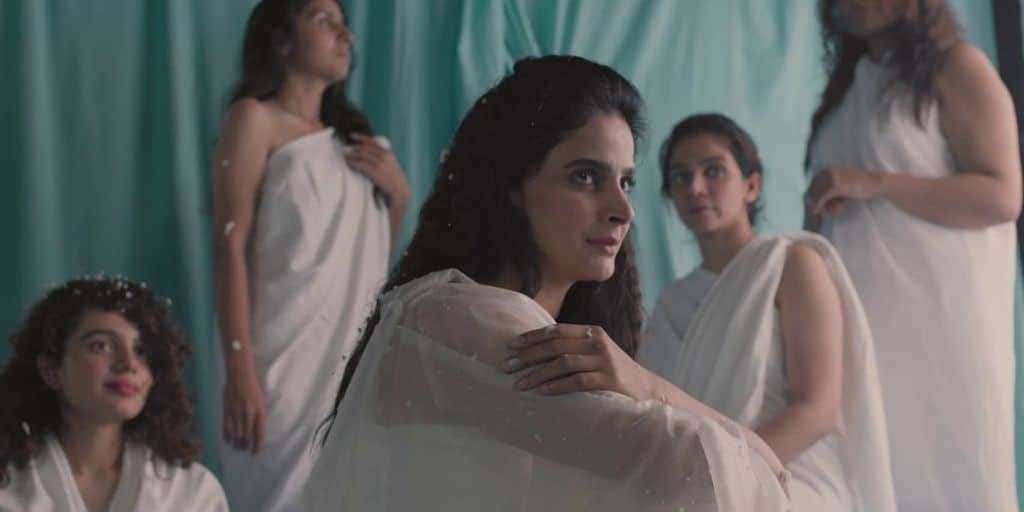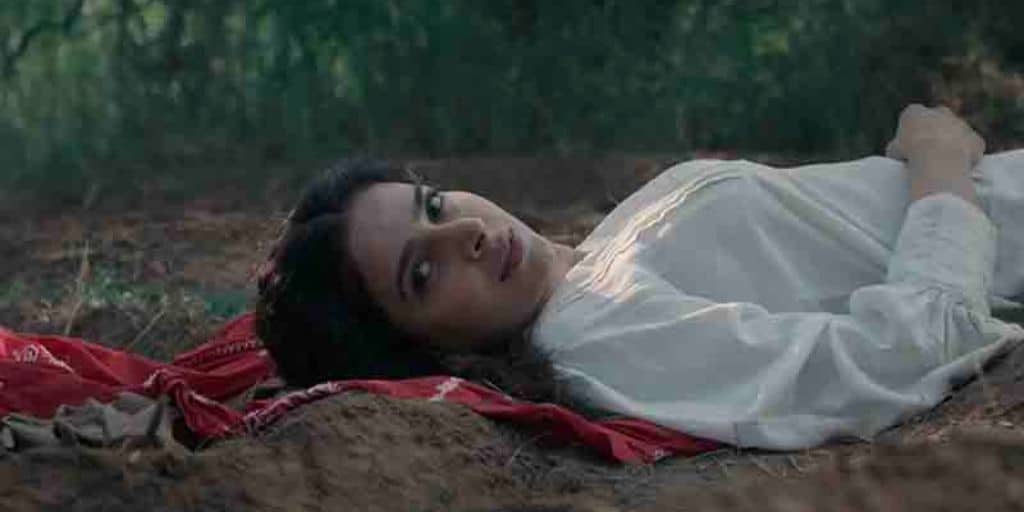Let’s find out Kamli Movie Ending Explained. The Kamli storyline is simple enough. Hina, a character played by Saba Qamar, resides with her sister-in-law Sakina, a role played by Sania Saeed, who teaches small children the Quran.
As a painter who is portrayed by Nimra Bucha, Hina works as a model. For eight years without any updates, Hina’s husband Saqlain has been missing. Loneliness and frustration have crept in as anticipation has faded. Young and appealing photographer “Amaltas,” played by debutant Hamza Khwaja, enters Hina’s life.
In addition to reflecting on love and bathing in the crystal-clear lakes next to Hina’s hamlet, he traverses the plains, saving bird eggs from dropping out of nests. Affection develops from fascination. And love develops into desire.
Of course, that is far from being all there is. Fatimah Sattar’s screenplay is precisely plotted and moves quickly, thanks to the use of regional myths and folklore. Yes, there are slower times to help you process everything, but they don’t stay unwelcome for too long. Sarmad Khoosat employs symbols and facial expressions to communicate everything in “Kamli” from the very beginning.
In the rural Punjabi milieu, religion and folktales, and superstitions influence every household’s thinking and traditions. What was once intended to be a source of liberation and joy has unfortunately turned into a weapon of oppression.
It is simple to create one’s own “private traps” in such a setting, as Alfred Hitchcock so poignantly described in “Psycho (1960)”.
Kamli Movie Ending Explained
As we remarked at the outset, “Kamli’s” beauty is found in its symbolism and in what is seen, not said. Although “Kamli” references both the golden age of PTV and the golden age of Pakistani cinema, it also contains some lovely storylines and excellent dialogue.

We were reminded three times in the movie of Ashfaq Ahmad Sahab’s original “Aik Mohabbat Sau Afsanay” (One Love One Hundred Stories), a Black and White anthology series that aired on PTV in the 1970s. Additionally, there were many symbols, signals, and crazy scenes in that series.
We can’t reveal anything more because it would be a spoiler, sadly. The movie “Kamli” shows how social norms and restrictions confine us all, especially women. And “Kamli” gets its vigor and vitality from the women.
All of them might be described by the movie’s title. She gives what may be her finest performance to date, and as a result, Saba Qamar looks more stunning than she ever has in any role. As a painter who has lost her touch and a wife whose youth has withered, Nimra Bucha gives her performance a lot of substance.
The best performance in the movie, nevertheless, belongs to Sania Saeed as Sakina, the pious sister-in-law. She has an effortless demeanor and delivery. The music in “Kamli” adds to the film’s strong and visceral atmosphere.
The “Kamli” soundtrack is something I’d listen to on a rainy afternoon. It was written by the great Saad Sultan and featured an additional tune built around the unadulterated voice of the legendary Reshma. Check it out right now on YouTube or Spotify. The fact that “Kamli” was filmed by a talented cinematographer was obvious from the trailers, and it stands out much more in the theatre.
The first shot lets you know you’re in good hands. Landscapes were captured by Awais Gohar in natural light, making excellent use of the surrounding beauty. Film experts would refer to this as the “Sheesha Print” in the movie.

We were reminded of the 1960s film Humraaz, starring Mohammad Ali and Shamim Ara and set in a rural area. The audience applauded and gave the “Kamli” cast a standing ovation when the movie came to a close. We simply got to my feet and silently went.
W was thinking way too much. His best film to date was produced by Sarmad Khoosat. He joins a select group of directors who viewers can trust, including Kamal Khan, Shoaib Mansoor, Nabeel Qureshi, Nadeem Baig, and Bilal Lashari.





